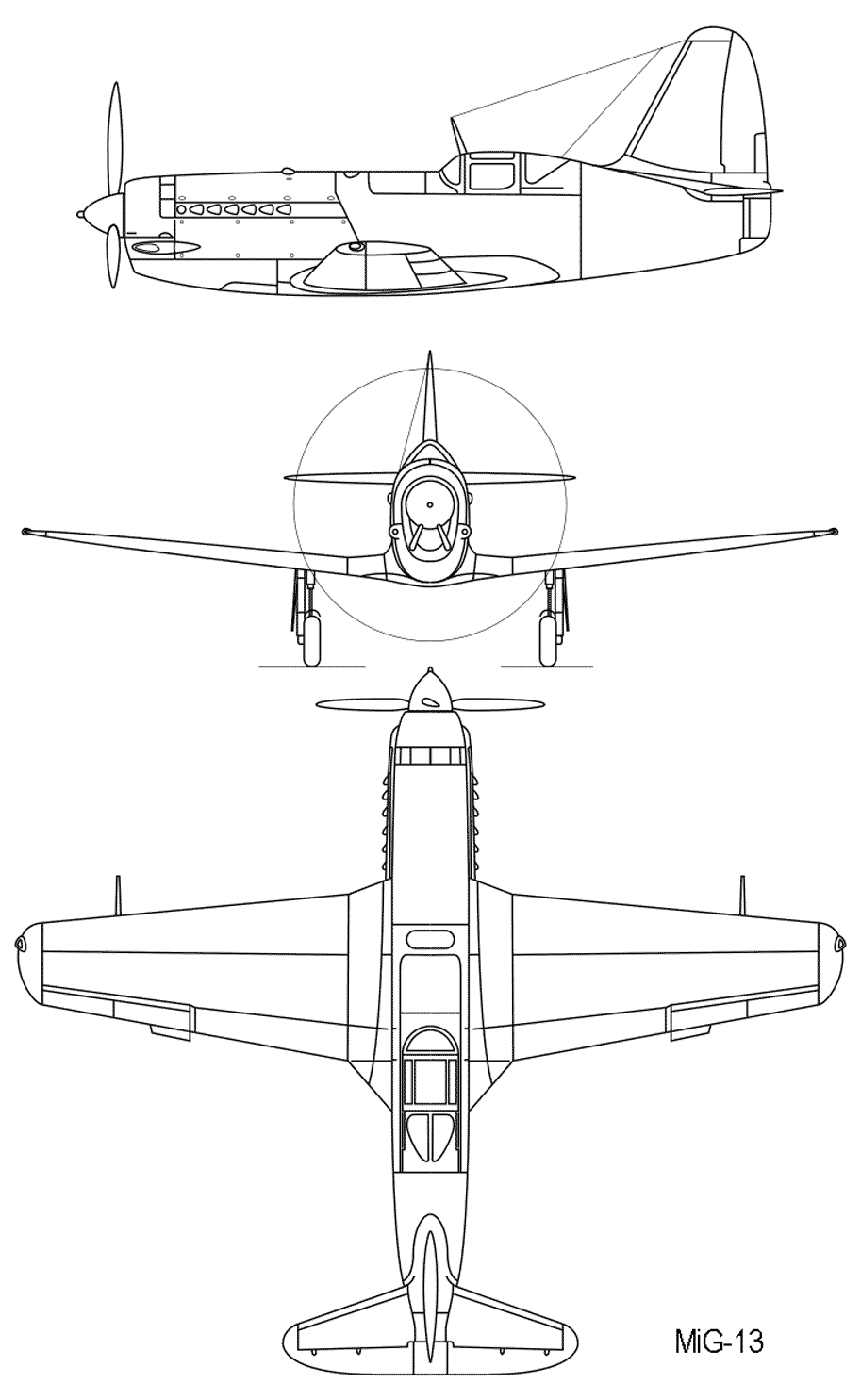- Yes
- Maybe
- No
History.
The People’s Commissariat for Defense in 1944 had decided to create an aircraft capable of countering the German Me.262 jet fighters, which had just appeared in the skies of the Eastern Front. Design work began in February 1944 and within a month the plans for the vehicle were ready. After a short while we worked on the wooden mockup and finally we worked on the prototype, which left the factory to go on the track in November of the same year. Between March and April 1945 the plane made its first flight and in May 1945 it reached its speed record of 800 km/h. However, stability problems were detected in the flight and an in-flight accident decreed the future end of the project, of which an order for various vehicles was canceled even though at least a dozen had already been produced. Unfortunately the plane was not followed and the vehicles were gradually deregistered and scrapped.
Armament and propulsion.
The plane, in order to be able to counter its German counterparts well, was armed with three 20 mm Berezin B-20 cannons with 160 rounds each. All the armament was placed in the nose of the plane and one of the two cannons fired through the propeller hub.
Speaking of propulsion, the aircraft was powered by a supercharged V12 Klimov VK-107R piston engine with 1650 hp power coupled to a Khalshchevnikov Uskoritel VRDK motorjet turbocharger with 2.9 kN thrust. With this powerful engine the plane could reach a maximum speed of 820 km/h.
Specifications.
Spoiler
Crew: 1
Lenght: 8,2 m
Height: 3,7 m
Wing span: 9,5 m
Wing area: 15 m²
Maximum weight: 3028 kg
Maximum speed: 825 km/h
Ceiling speed: 11900 m
Pictures and drawnings.
Sources.







